Cang Zhu (Scientific name: Atractylodes Lancea (Thunb.) DC.): A perennial herbaceous plant of the Asteraceae family. The rhizome is horizontal or obliquely ascending, with adventitious roots. The stem is erect, reaching up to 100 cm in height, solitary or clustered with a few stems, and the basal leaves fall off during flowering; the middle and lower stem leaves are nearly stalkless, round, ovate, oblique-ovate, ovate, or elliptical, while the upper stem leaves are undivided, oblong-ovate, oblong-elliptical, or long-elliptical. All leaves are thick and papery, green on both sides, hairless, with needle-like margins or triangular serrations. The head-like flower clusters are solitary at the top of the stem, with a bell-shaped involucre, and the involucral bracts are needle-like and deeply divided. The small flowers are white, and the achenes are oblong-ovate, covered with dense, appressed white hairs, with the pappus being brown or dirty white. It flowers and fruits from June to October. The rhizome of Cang Zhu is used in medicine, acting as a spleen-invigorating herb, with a bitter, warm, and pungent flavor, effective in drying dampness, transforming turbidity, and alleviating pain. This species has many medicinal names, such as Han Cang Zhu and Mao Zhu (Mao Cang Zhu); however, these names can generally be divided into two categories: Northern Cang Zhu and Southern Cang Zhu.
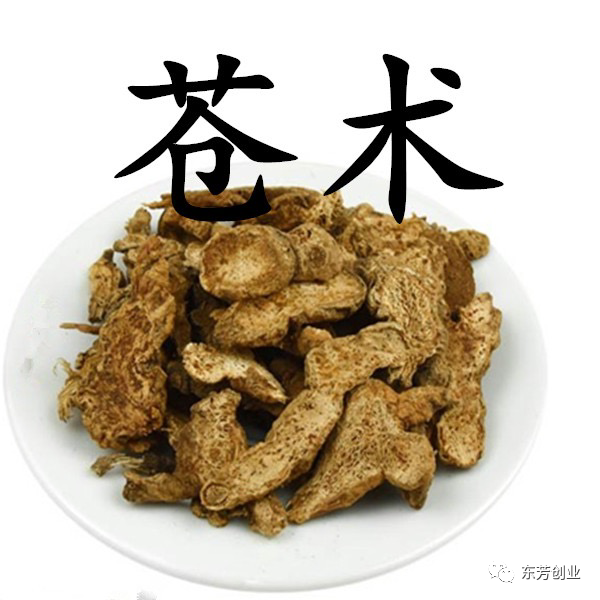
It is found in Hebei, Shanxi, Gansu, Shaanxi, Henan, Jiangsu, Zhejiang, Jiangxi, Anhui, Sichuan, Hunan, Hubei, and other regions. It grows wild in grassy slopes, under forests, in shrubs, and in rock crevices. It is widely cultivated in medicinal gardens across China. It is also distributed in Korea and the Far East of the Soviet Union. Cang Zhu prefers a cool climate and grows wild on the shady slopes of low mountains, in sparse forests, and in shrubs. It is very resilient and can be cultivated in barren mountains, slopes, and poor soil, but it grows best in sandy loam that is well-drained, with a low groundwater level and rich in humus. It is sensitive to waterlogging; if submerged, the roots are prone to rot, so low-lying, waterlogged areas are unsuitable for cultivation.
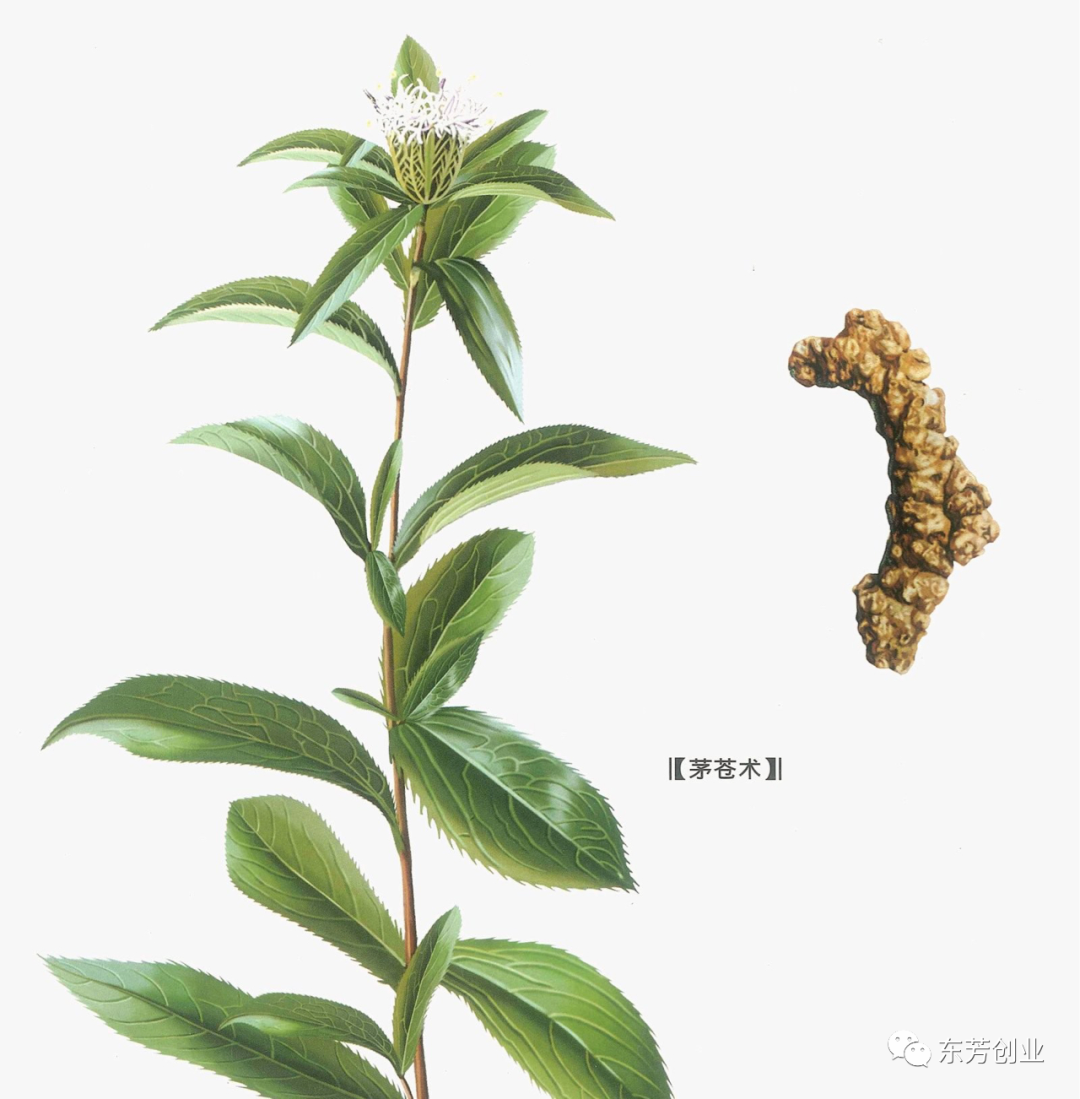
Both Bai Zhu (White Atractylodes) and Cang Zhu have a bitter and warm nature, and they both enter the spleen and stomach meridians, thus having the effect of drying dampness and strengthening the spleen. However, in the earliest existing pharmacological text, the Shen Nong Ben Cao Jing, there was no distinction made between the two until the Southern and Northern Dynasties period, when Tao Hongjing noted in the Ben Cao Jing Ji Zhu: “There are two types of Zhu: Bai Zhu has large, hairy leaves and sweet roots with little fat, suitable for making pills and powders. Chi Zhu has fine, hairless leaves and small, bitter roots with more fat, suitable for decoction.” This led to the gradual recognition of the differences in function between Bai Zhu and Cang Zhu. Bai Zhu is sweet and bitter, warm in nature, and is good at tonifying the spleen and benefiting qi; while Cang Zhu is pungent and bitter, warm in nature, and excels at drying dampness and regulating the stomach. As stated in the Yu Jiu Yao Jie: “Bai Zhu retains and does not disperse, while Cang Zhu disperses and does not retain; thus, Bai Zhu is good at tonifying, and Cang Zhu is good at dispersing. Both can stop vomiting and diarrhea, but Cang Zhu is particularly effective in relieving water retention and resolving stagnation.” If a patient primarily has spleen deficiency leading to dysfunction in transportation and transformation, with excessive water dampness, Bai Zhu should be chosen; if the patient has more internal water dampness obstructing the spleen and stomach, Cang Zhu should be selected; if both spleen deficiency and dampness are present, a combination of both herbs should be used, one to disperse and one to tonify, to strengthen the middle burner and restore normal spleen and stomach function.
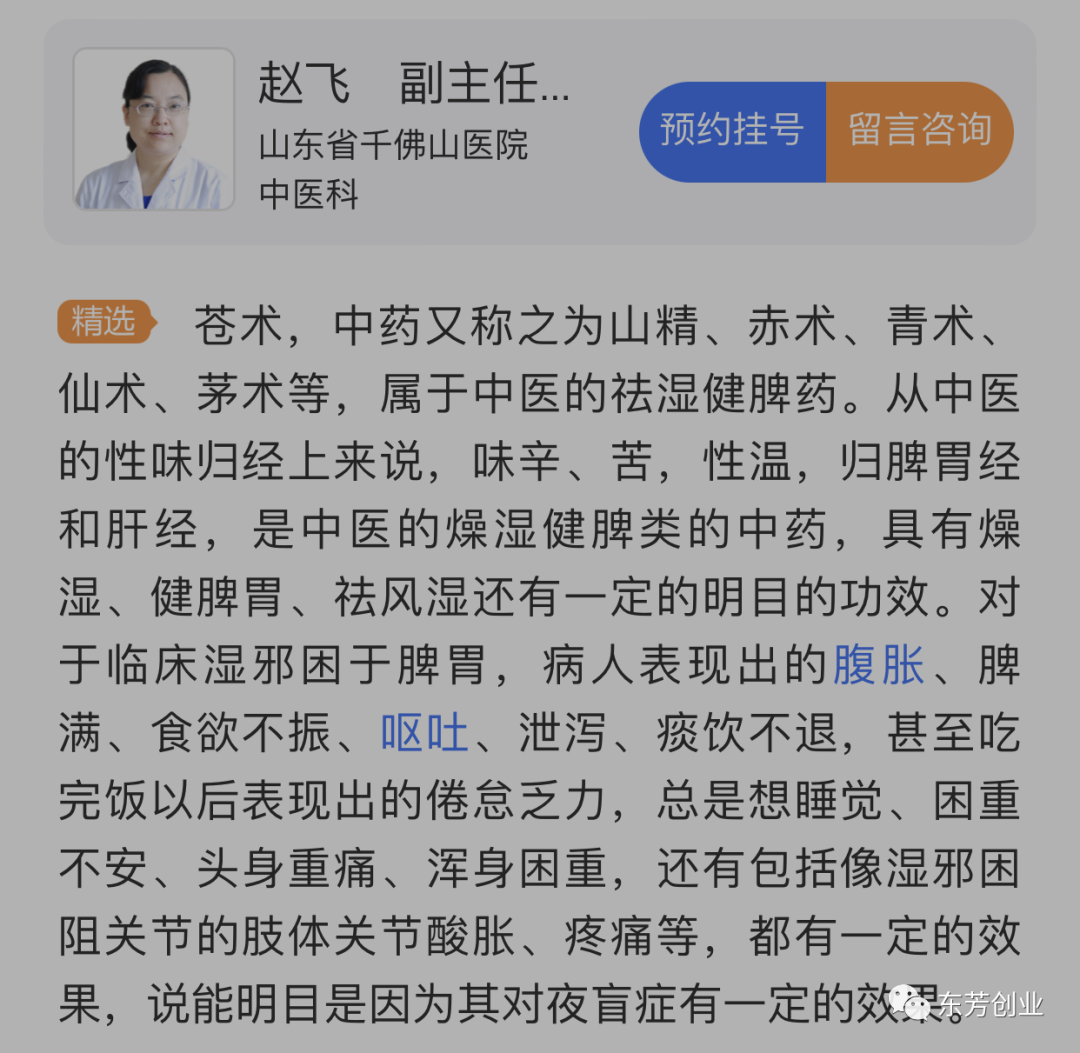
Complementing each other: In addition to their shared effects of drying dampness and strengthening the spleen, they also have distinct functions. Bai Zhu can stop sweating and stabilize pregnancy, used for treating exterior deficiency with spontaneous sweating and restless fetus. Bai Zhu benefits qi and secures the exterior to stop sweating, as this sweating is due to insufficient defensive qi originating from the middle burner, where spleen deficiency leads to insufficient defensive qi to protect the exterior, resulting in sweating, not due to lung qi deficiency. It is often combined with Huang Qi (Astragalus), Fu Xiao Mai (Elymus), and Fang Feng (Saposhnikovia) in formulas like Yu Ping Feng San. Bai Zhu’s treatment for restless fetus is due to deficiency of spleen qi, leading to insufficient generation of qi and blood, causing the fetus to be inadequately nourished, often combined with Ren Shen (Ginseng), Du Zhong (Eucommia), and Xu Duan (Dipsacus) in formulas like Ba Zhen Tang. Cang Zhu, being bitter and warm, is drying and aromatic, can internally transform the dampness of the spleen and stomach to strengthen the middle burner, and can also externally disperse wind-cold and damp pathogens to induce sweating, making it a key herb for drying dampness, strengthening the spleen, and dispelling wind and dampness. It can be used for symptoms such as epigastric fullness and nausea, abdominal pain and diarrhea, damp phlegm retention, and edema, as well as for external wind-cold with symptoms of headache, body heaviness, joint pain, and absence of sweating. Therefore, for dampness as a pathogenic factor, whether it is interior or exterior, Cang Zhu can be used according to the symptoms. It can also improve vision and treat night blindness and blurred vision, often cooked with pig liver or lamb liver as a dietary therapy. Key points to remember: Bai Zhu is primarily for drying dampness and promoting urination. Fu fried Bai Zhu can moderate its drying nature and enhance its ability to strengthen the spleen and stomach. Soil-fried Bai Zhu significantly enhances its ability to warm the kidneys, strengthen the spleen, and eliminate dampness and stop diarrhea. Charred Bai Zhu reduces its drying nature, aids digestion, and has a strong ability to strengthen the spleen and stop diarrhea. Cang Zhu, when raw, is primarily for dispersing and eliminating cold and dampness. Fried Cang Zhu is more focused on regulating the middle burner and transforming dampness. Charred Cang Zhu has a strong ability to strengthen the spleen and stop diarrhea, and eliminate dampness and stop leucorrhea.
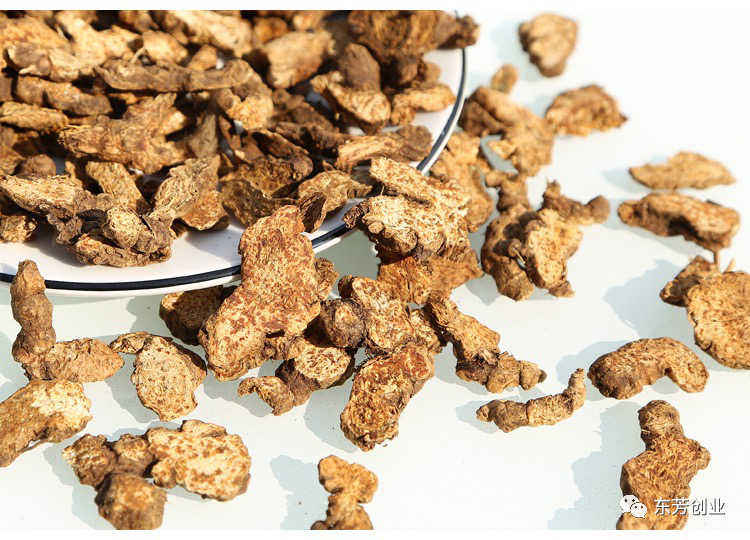
1. Excerpts from classical texts: 1. Shen Nong Ben Cao Jing: “It treats wind, cold, dampness, stops sweating, eliminates heat, and aids digestion. Long-term use lightens the body and prolongs life without hunger.” 2. Ben Cao Jing Ji Zhu: “Bitter and sweet, warm, non-toxic. It treats wind, cold, dampness, dead flesh, spasms, jaundice, stops sweating, eliminates heat, aids digestion. It treats major wind on the body, dizziness, tearing eyes, eliminates phlegm and water, expels wind-water swelling, relieves fullness under the heart, and treats cholera, persistent vomiting and diarrhea, benefits the waist and navel blood, nourishes body fluids, warms the stomach, aids digestion, and promotes appetite. It can be made into a decoction. Long-term use lightens the body and prolongs life without hunger.” 3. Lei Gong Pao Zhi Yao Xing Lun: “It is sweet and pungent, warm, non-toxic, and enters the spleen and stomach meridians. It primarily regulates the stomach, strengthens the spleen, disperses fullness, induces sweating, expels dampness, and alleviates malaria. Soak overnight, change the water, and fry for use.” 4. Yu Jiu Yao Jie: “It is sweet and slightly pungent, enters the foot Taiyin spleen and foot Yangming stomach meridians. It dries dampness, promotes urination, eliminates phlegm, moves blood stasis, relieves fullness, transforms masses, regulates vomiting and acid regurgitation, dispels miasma, and alleviates muscle and bone weakness, and clears turbid urine.” 5. Ben Cao Xin Bian: “Cang Zhu has a pungent flavor, strong aroma, and dispersing nature. It enters the foot Yangming and Taiyin meridians. It can also eliminate dampness, remove cold from the chest, dispel miasma, and relieve epidemic and ghostly qi, especially effective in alleviating heart pain.” 6. Ben Cao Bei Yao: “It dries the stomach, strengthens the spleen, induces sweating, expels dampness, can elevate the stomach’s Yang qi, stops vomiting and diarrhea, expels phlegm and water, reduces swelling, and dispels foul qi. It disperses wind, cold, and dampness, and is a key herb for treating weakness, and can also resolve phlegm, fire, qi, blood, dampness, and food stagnation, as well as spleen dampness leading to diarrhea and leucorrhea.”
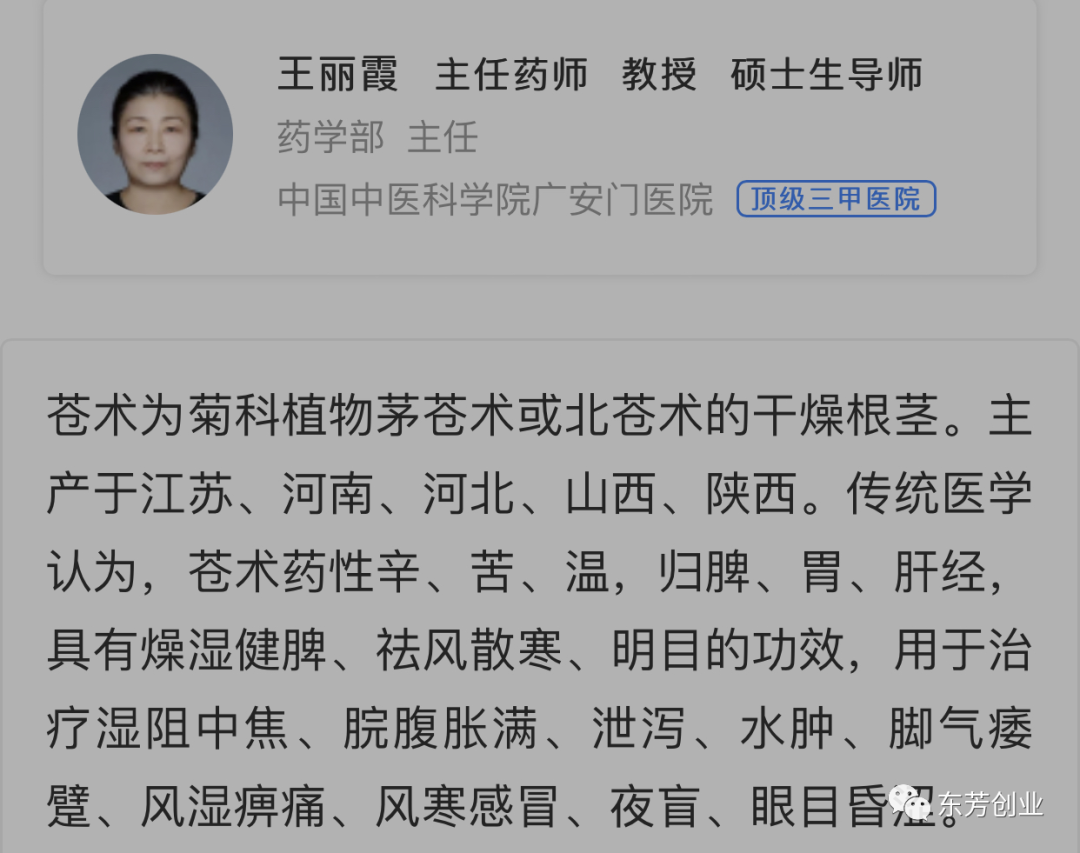
7. Ben Cao Chong Yuan: “It has a bitter and warm flavor, non-toxic. It treats wind, cold, dampness, dead flesh, spasms, eliminates heat, aids digestion, and can be made into a decoction. Long-term use lightens the body and prolongs life without hunger.” 8. Ben Cao Bian Du: “Pungent and bitter, warm, dries dampness, strengthens the spleen, and can induce sweating. It has a fragrant quality, regulates the middle burner, and dispels evil. It breaks water retention, eliminates phlegm, and clears the middle burner of dampness, dispelling all miasma.” 9. Yao Xing Ge Kuo Si Bai Wei: “Cang Zhu is bitter and warm, strengthens the spleen, and dries dampness. It induces sweating and regulates the middle burner, and dispels miasma.” 10. Feng Shi Jin Nang Mi Lu: “It is bitter, sweet, and pungent, warm, non-toxic. The bitter and pungent are strong while the sweet is light, thus it has a strong ability to dry and eliminate dampness, but its ability to tonify the spleen is insufficient.”

11. Yao Long Xiao Pin: “Bitter, warm, and pungent. It dries dampness, strengthens the spleen, induces sweating, and expels phlegm, dispelling foul qi. It resolves phlegm, qi, blood, dampness, and food stagnation.” 12. Zhong Yao Da Ci Dian: “Strengthens the spleen, dries dampness, resolves depression, and dispels foulness. It treats dampness obstructing the spleen, fatigue, lethargy, epigastric fullness, loss of appetite, vomiting, diarrhea, dysentery, malaria, phlegm retention, edema, seasonal colds, wind-cold dampness, and weakness of the feet, as well as night blindness.” 13. Zhong Hua Ben Cao: “Dries dampness, strengthens the spleen; dispels wind-dampness; improves vision. It treats dampness obstructing the spleen and stomach; fatigue, lethargy; epigastric fullness; loss of appetite; vomiting and diarrhea; phlegm retention; edema; exterior syndrome with dampness; headache and body pain; wind-dampness syndrome; joint pain and heaviness; weakness; and night blindness.” 14. Wai Ke Zheng Zhi Quan Sheng Ji: “It treats cold dampness of the spleen and stomach, eliminates phlegm, expels water, prevents water and soil retention, stops diarrhea, dysentery, and cholera, and prolongs life with long-term use.” 15. Ming Yi Bie Lu: “It treats headaches, eliminates phlegm and water, expels wind-water swelling, relieves fullness under the heart, and treats cholera with persistent vomiting and diarrhea, warms the stomach, aids digestion, and promotes appetite.” 16. Ben Jing Feng Yuan: “It disperses dampness from the Yangming and calms the Taiyin, dispelling seasonal evil qi.” 17. Zhen Zhu Nang: “It can strengthen the stomach and calm the spleen; it cannot eliminate all dampness and swelling without this herb.” 18. Ben Cao Gang Mu: “It treats damp phlegm retention, or with blood stasis forming masses, and spleen dampness leading to leucorrhea, and diarrhea.” 19. Ben Cao Qiu Yuan: “It stops water diarrhea, food stagnation, and summer heat diarrhea, and spleen dampness leading to blood in the stool.” 20. Yi Xue Qi Yuan: “Cang Zhu has the same indications as Bai Zhu, but its effect in eliminating upper dampness and inducing sweating is greater, while its ability to tonify the middle burner and eliminate dampness is less.”
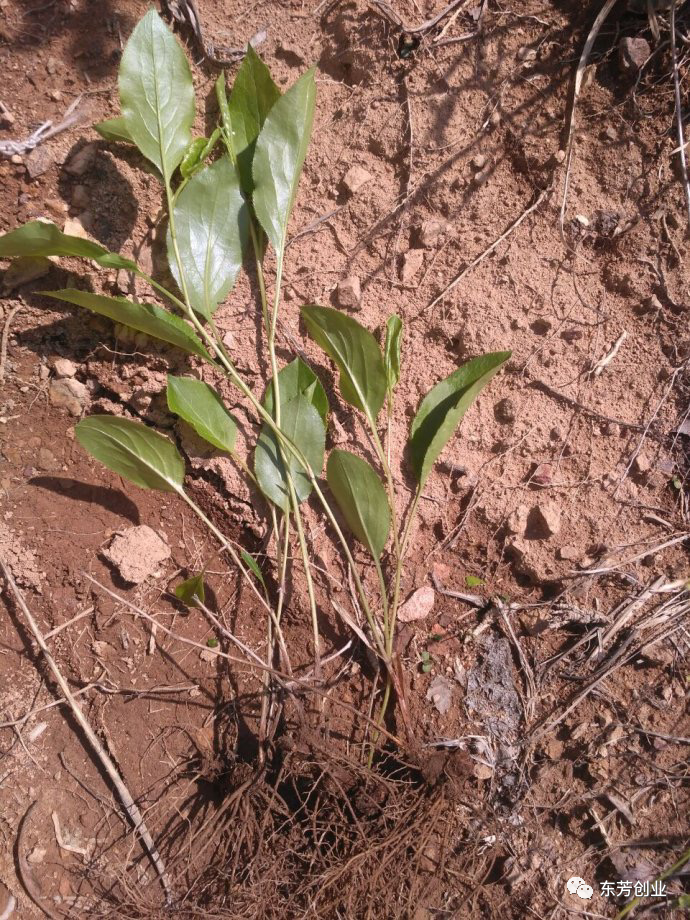
21. Ben Cao Tong Xuan: “Cang Zhu regulates the middle burner and induces sweating, its effect surpasses that of Bai Zhu, but its ability to tonify the middle and eliminate dampness is inferior to Bai Zhu. Generally, the soil that is low should be paired with Bai Zhu to enrich it, while the soil that is elevated should be paired with Cang Zhu to balance it.” 22. Yao Pin Hua Yi: “Cang Zhu has a pungent flavor, primarily dispersing, warm and drying, which can eliminate dampness, specifically entering the spleen and stomach, treating wind-cold dampness, miasma, and skin edema, all of which are functions of its pungent and strong nature.”
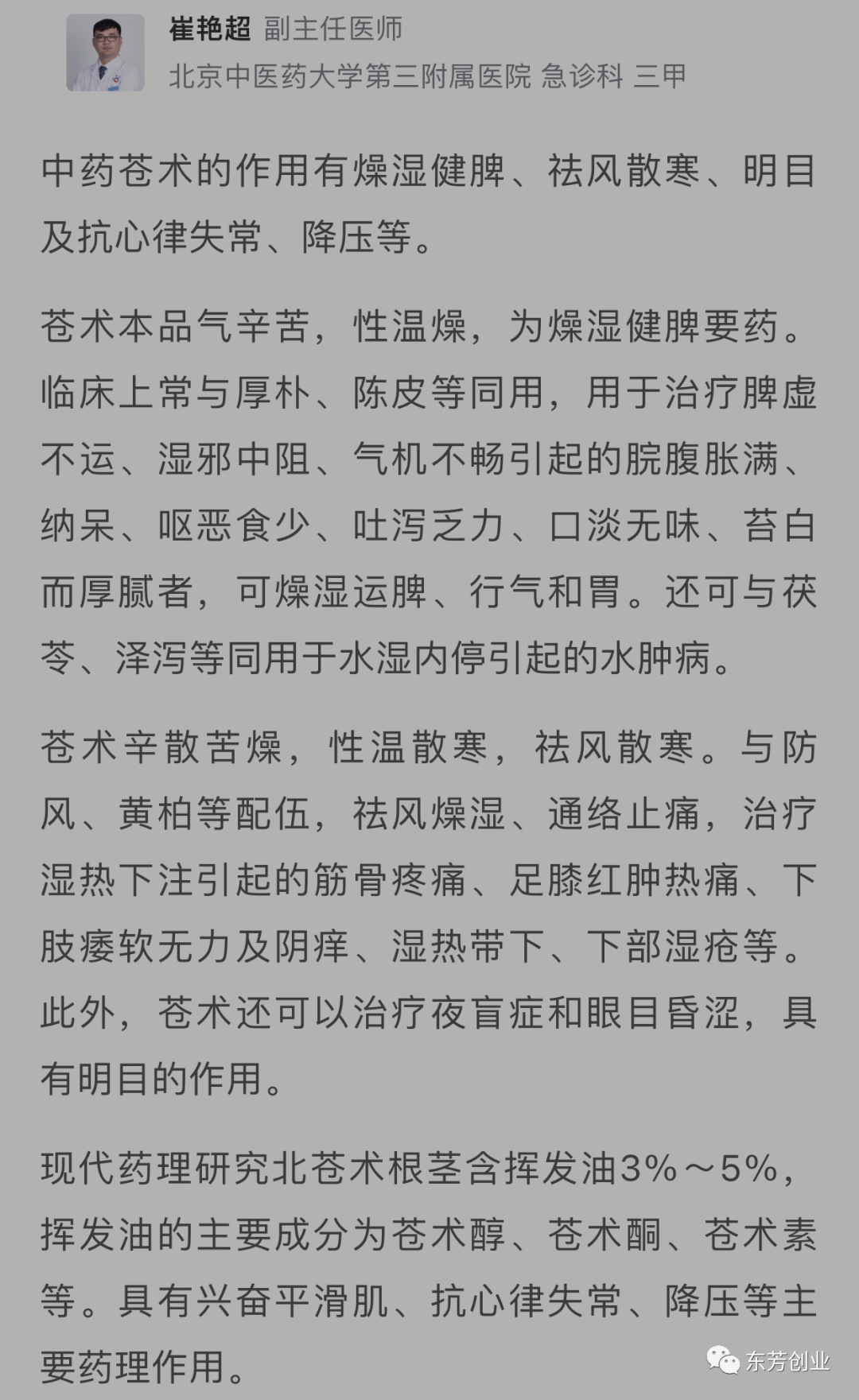
23. Ben Cao Cong Xin: “It dries the stomach and strengthens the spleen. It induces sweating and eliminates dampness. It can elevate the Yang qi of the stomach, stop vomiting and diarrhea, and expel phlegm and water.” Modern research: 1. Composition: It mainly contains volatile oils, with the primary components being cangzhu lactone, eugenol, etc. It also contains bai zhu lactone and cangzhu lactone propionic acid. The Chinese Pharmacopoeia stipulates that the content of cangzhu lactone must not be less than 0.30%, and fu-fried cangzhu must not be less than 0.20%. 2. Effects: Cang Zhu has anti-ulcer, liver-protective, anti-diarrheal, gastrointestinal function-regulating, and anti-inflammatory effects.
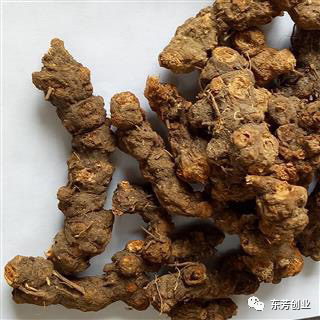
Methods of consuming Cang Zhu: Cang Zhu and Winter Melon Damp-Expelling Soup: 15g of Cang Zhu, 15g of Ze Xie (Alisma), 250g of winter melon, 500g of lean pork, slices of ginger, salt, and chicken essence to taste. Clean the Cang Zhu and Ze Xie. Wash the winter melon and cut it into pieces. Clean the lean pork and cut it into pieces. Boil water in a pot, add the pork to blanch and remove blood. Add Cang Zhu, Ze Xie, winter melon, pork, ginger slices into a pot, add appropriate amount of water, bring to a boil over high heat, then simmer for 1 hour, and season to taste.
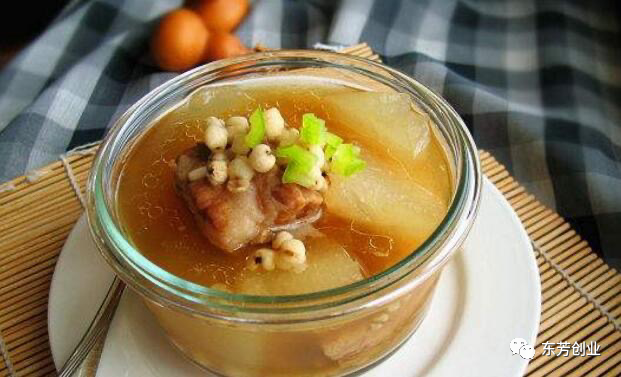
Comment: Cang Zhu can lower blood sugar and lipids, aiding in weight loss. Ze Xie promotes urination and eliminates dampness, showing significant efficacy in treating hyperlipidemia, diabetes, fatty liver, and during recovery from stroke. Winter melon has long been known as a weight-loss ingredient. This soup can aid in weight loss and promote health. Yi Ren Ling Zhu Lamb Pot: 500g of lamb, 100g of lamb bones, 50g of coix seed, 25g of Fu Ling (Poria), 10g of Cang Zhu, and 500g of white radish. Cut the lamb and white radish into pieces; slice the ginger and chop the scallions for later use; blanch the lamb and lamb bones in boiling water to remove the blood smell, then rinse and place in a clay pot; add ginger slices, Cang Zhu, Sichuan pepper, Fu Ling slices, coix seed, and white radish, bring to a boil over high heat; add salt, white pepper, and cooking wine, then simmer for about 60 minutes; add chicken essence, and finally sprinkle with chopped scallions before serving.
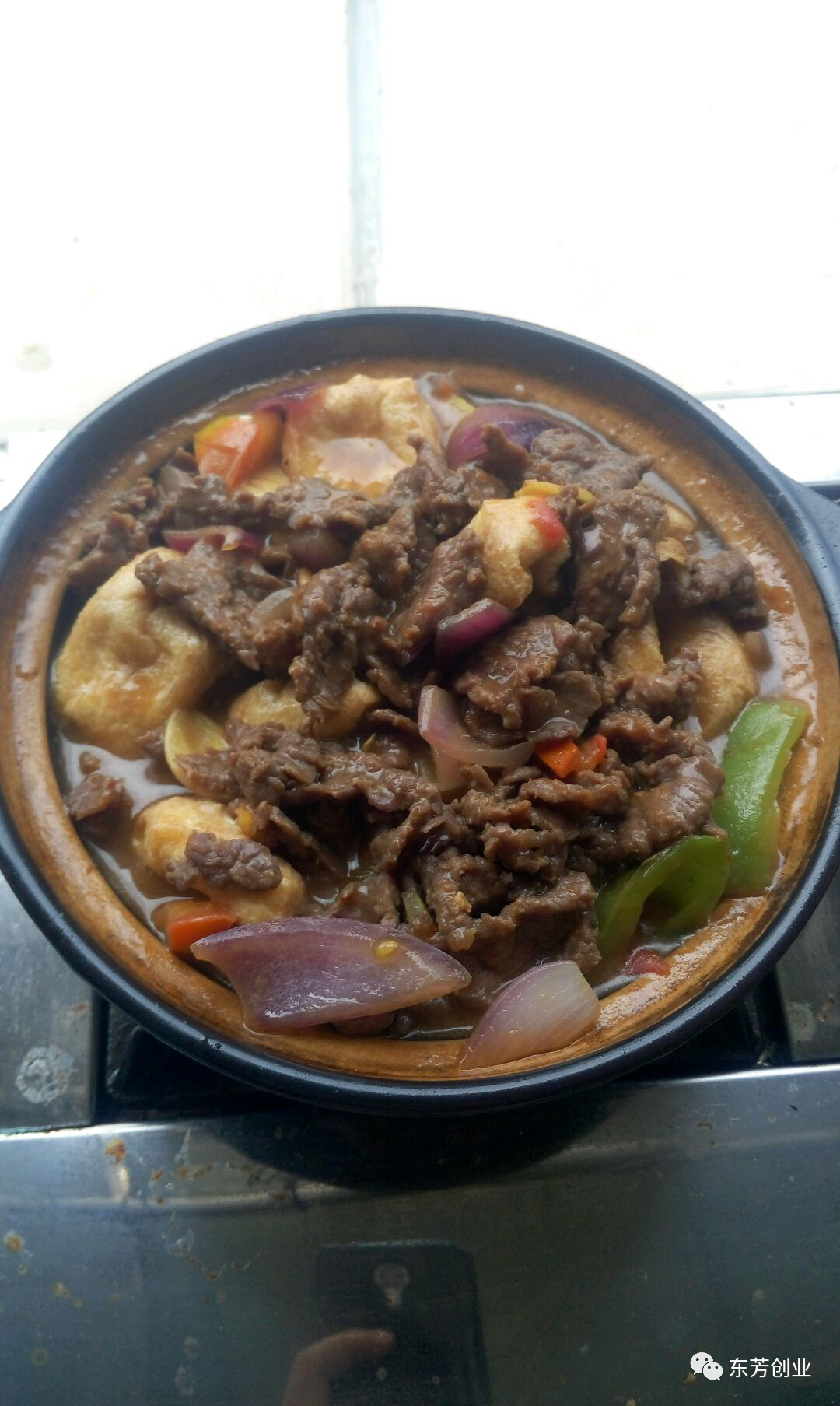
Comment: This pot combines coix seed, Fu Ling, Cang Zhu, white radish, lamb, and lamb bones, with the prominent effect of dispelling wind, eliminating dampness, dispersing cold, and strengthening the spleen and stomach. Pig Liver Tofu Wrap: Pig liver, pork, walnut, pine nuts, black fungus, dried shrimp, pork, scallops, tofu, and Cang Zhu. Chop the pig liver, pork, walnuts, pine nuts, black fungus, dried shrimp, and pork into a filling. Hollow out the tofu and stuff the prepared filling inside. Steam the stuffed tofu until cooked. Cook the stuffed tofu with Cang Zhu and pig liver until the liver is cooked. Slice the cooked pig liver and serve with tofu. Comment: Cang Zhu has the effect of improving vision; cooking it with pig liver can enhance the liver’s vision-improving properties. Additionally, the combination of pig liver and tofu is beneficial for the liver. The “Pig Liver Tofu Wrap” is suitable for consumption in all seasons, especially for those who often stay up late or have a busy nightlife. Huang Braised Lamb Liver: Ingredients: 500g of lamb liver, 50g of Yulan slices, 50g of fresh mushrooms, 10g of Cang Zhu, 10g of Xuan Shen (Scrophularia), 50g of soy sauce, 10g of sweet bean sauce, 17g of scallions, 1g of dried red chili, 100g of rendered pork fat, and 35g of white sugar. Cooking: Blanch, cut into strips, and score: Clean the lamb liver and blanch it in boiling water, cut into 2.5 cm strips, and score a cut with a bamboo stick. Cut Yulan slices into 3 cm long and 0.6 cm thick; blanch the mushrooms in boiling water. Clean Cang Zhu and Xuan Shen, and decoct them into a strong broth. Heat a wok over medium heat, add 50g of rendered pork fat until 60% hot, add white sugar and stir-fry until it changes color, then add 50g of broth, soy sauce, chopped scallions and chili, ginger, Yulan slices, and mushrooms, stir-fry briefly, then transfer to a bowl. Heat the wok over medium heat, add rendered pork fat until 70% hot, add sweet bean sauce and stir-fry until fragrant, then add lamb liver, medicinal broth, clear broth, Shaoxing wine, mushrooms, and Yulan slices, simmer until the broth reduces to 1/3, remove ginger and scallions, and serve.

